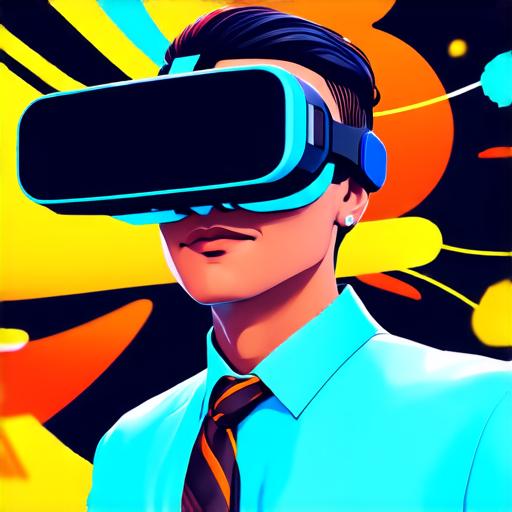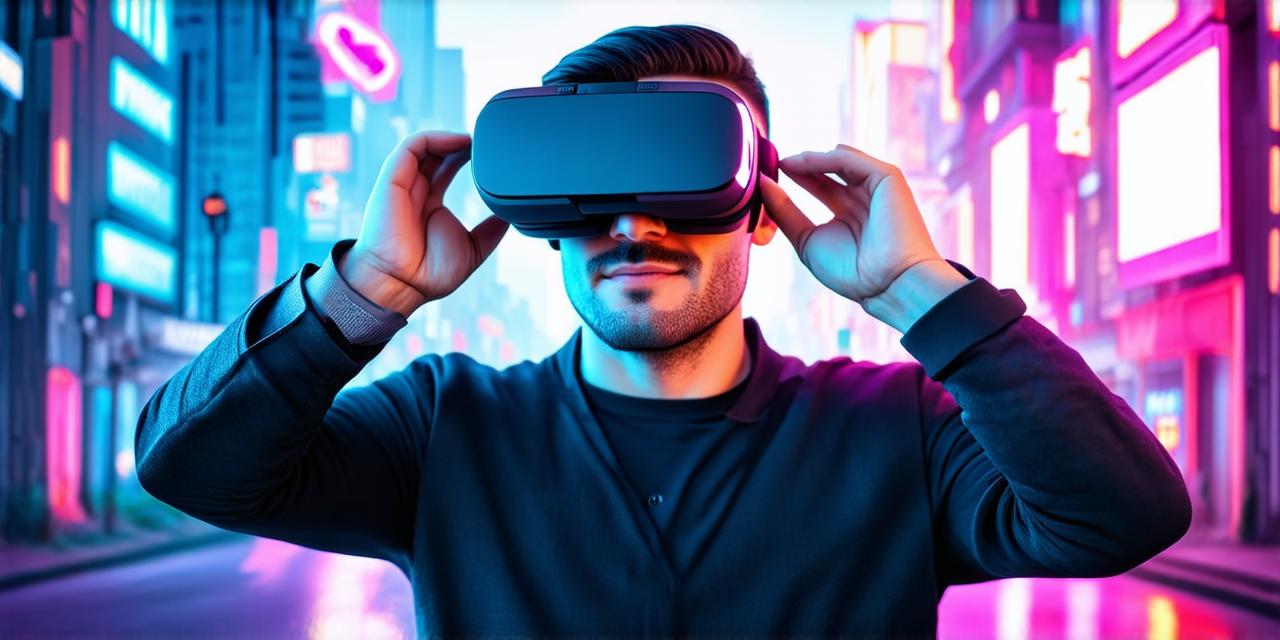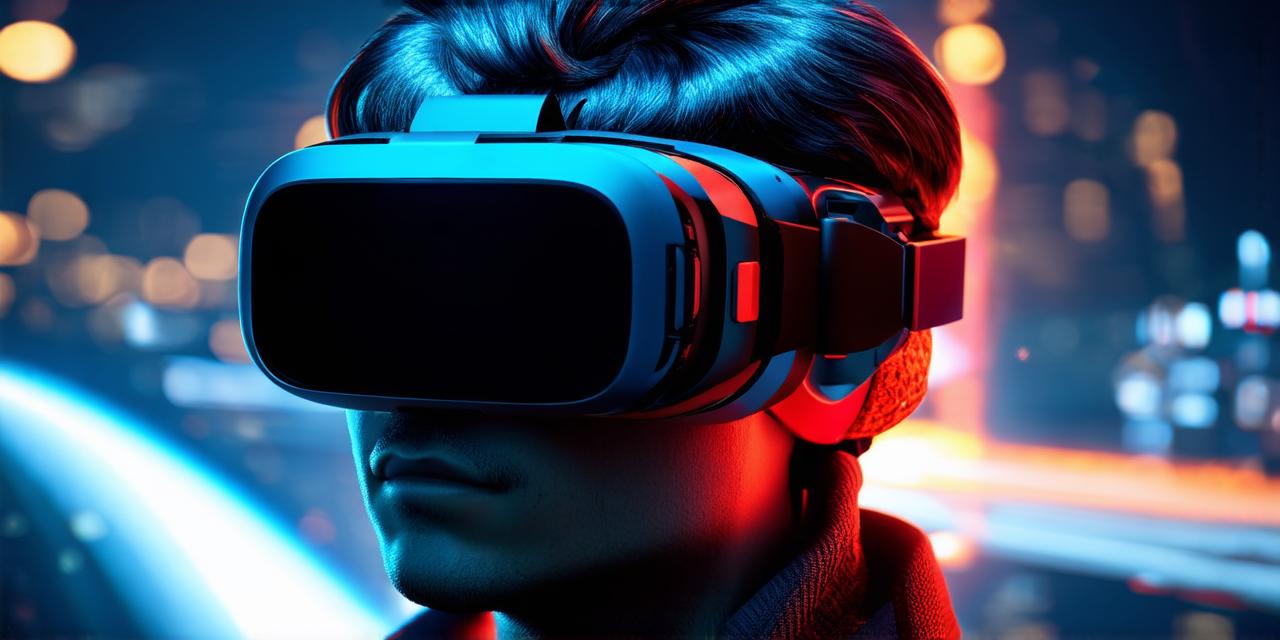Virtual Reality (VR) technology has rapidly evolved from a novel gaming tool to a promising therapeutic medium in various fields, particularly mental health. This article aims to shed light on the kind of therapy that commonly utilizes VR technology and its potential benefits for patients.

What is Virtual Reality Therapy?
Virtual Reality Therapy (VRT) is an immersive form of treatment that uses VR equipment to simulate real-world environments or situations, allowing individuals to confront their fears, anxieties, or traumas in a controlled and safe setting. The therapeutic process involves repeated exposure to these stimuli, helping patients develop coping strategies and gradually overcome their mental health issues.
Examples of VR Therapy Applications
-
Exposure Therapy for Anxiety Disorders: VRT can be used to treat various anxiety disorders such as Post-Traumatic Stress Disorder (PTSD), Social Anxiety, and Phobias. For instance, a patient with a fear of flying may undergo VR sessions that simulate the experience of being on an airplane, helping them gradually become accustomed to the sensations associated with flying.
-
Cognitive Behavioral Therapy (CBT): VRT can also be used as an adjunct to traditional CBT for conditions like depression and obsessive-compulsive disorder (OCD). For example, a patient with OCD may use VR to confront and manage their intrusive thoughts in a controlled environment.
-
Pain Management: Virtual Reality is increasingly being used in pain management, particularly for patients undergoing medical procedures or recovering from injuries. By providing distraction and relaxation techniques, VRT can help reduce perceived pain levels and improve overall well-being.
Benefits of Virtual Reality Therapy
-
Customizable and Controlled Environment: VR therapy allows therapists to create tailored scenarios for each patient, ensuring that the therapeutic process is personalized and effective.
-
Safe and Controllable Exposure: VRT provides a safe space for patients to confront their fears or traumas without putting themselves in actual danger. This controlled environment can help reduce anxiety levels and promote faster progress.
-
Improved Engagement and Motivation: The immersive nature of VR therapy can increase patient engagement, as it offers a more interactive and engaging experience compared to traditional therapy methods. This increased motivation can lead to better treatment outcomes.
Conclusion
Virtual Reality Therapy represents a significant leap forward in mental health treatment, offering patients a safe, controlled, and immersive environment to confront their fears and anxieties. As technology continues to advance, we can expect VRT to become an increasingly integral part of mental health care, providing new opportunities for healing and growth.



